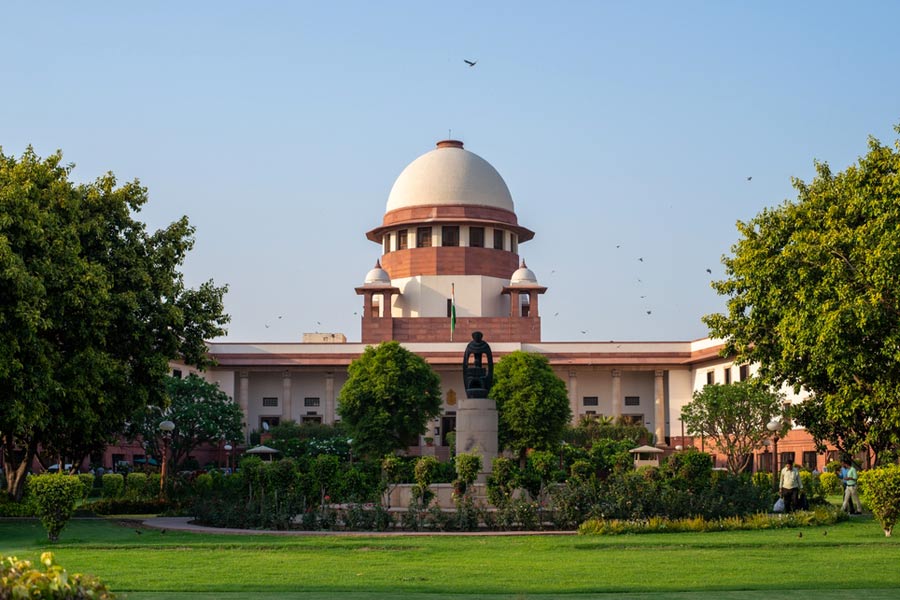Emphasising that healthcare is a fundamental right, the Supreme Court recently directed the Centre to hold consultations with state governments and come up with a concrete plan envisaged on the principle of uniform and affordable treatment. In case of a lack of compliance, the apex court has warned that it shall consider implementing the standardised rates prescribed by the Central Government Health Scheme. The court’s firm directive comes as a timely intervention as India has been reeling under a double burden: diseases and the prohibitive costs of medical treatment. India — it recorded one of the highest rates of medical inflation in Asia in 2021 — has an uneven spread of quality medical infrastructure. Consequently, healthcare institutions with inadequate facilities dot the urban hinterlands and rural areas. Currently, there are around 2.8 million hospital beds, which falls significantly short of the recommended ratio of 3 beds per 1,000 people. There may have been a decline in out-of-pocket expenditure but as recently as 2020, estimates by the National Health Accounts had suggested that 47.1% of the total health spending came out of people’s pockets. Worse, medical insurance coverage, often the only defence against rising medical costs, is inadequate. A NITI Ayog report highlighted that only 15% of India’s workforce receives insurance support from their employers. The Lok Sabha had also been informed that India’s health insurance segment contributed 0.34 percentage point out of the overall 1 percentage point of general insurance penetration in the country during FY22. Significantly, a report by the Comptroller and Auditor General that assessed the Pradhan Mantri Jan Arogya Yojana, one of the two components of the Ayushman Bharat scheme, revealed significant lapses, including allegations of corruption.
It must also be conceded that private establishments are often complicit in making healthcare unaffordable. They attribute the high costs to their superior services, seldom acknowledging the financial burden that patients are made to bear. Incidentally, the Clinical Establishments (Central Government) Rules, which makes it mandatory for health centres to display charges of medical procedures, has remained unimplemented since 2012. Moreover, the combined growth of the health expenditure of the Centre and the large states has declined after the pandemic, raising concerns that India is lagging behind in achieving the World Health Organization’s target of universal health coverage by 2030. As long as health equality is sacrificed at the altar of commercialisation, such goals will remain elusive.










